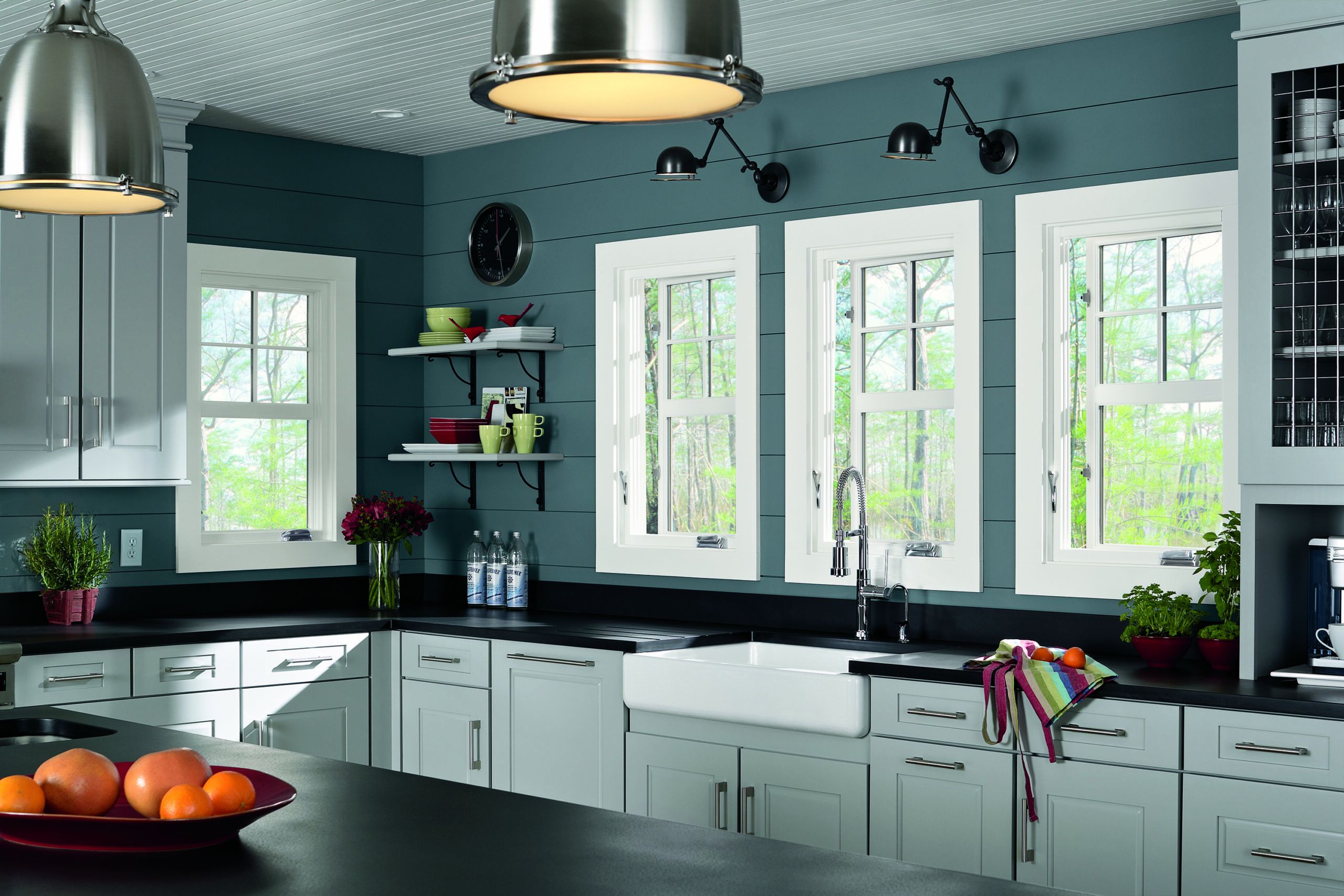Windows not only bring in natural light and fresh air but also play a key role in your home’s energy efficiency. This guide will help you explore the various window styles available and their key features to find the perfect match for your home’s design and specific needs.
Double-Hung Windows
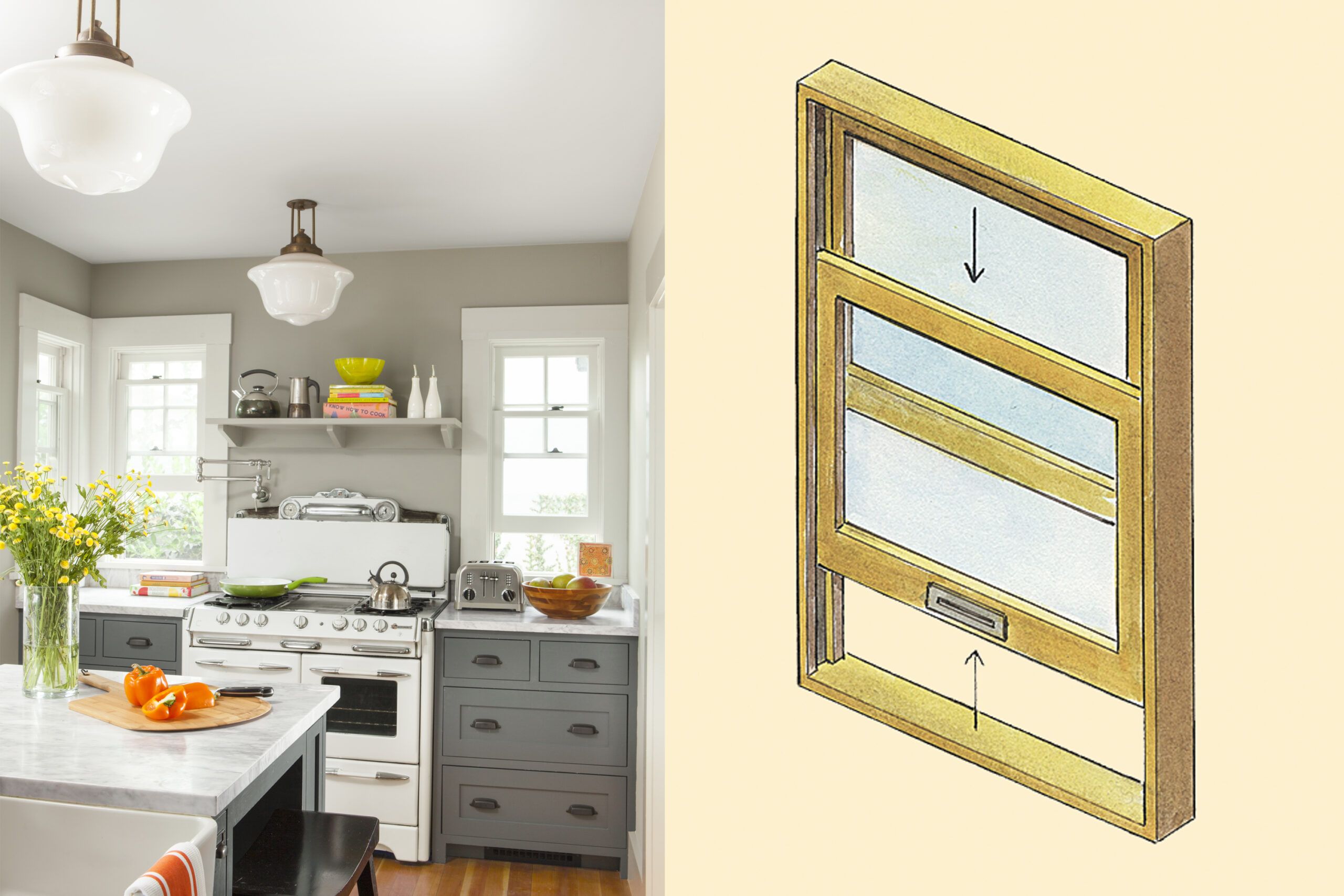
Double-hung windows remain the most popular choice in the U.S., particularly for traditional house styles. These windows feature two sashes that slide vertically. The lower sash moves upward, while the upper sash can be lowered, creating a customizable airflow.
When open, the sashes cover at least half of the window opening, which may slightly reduce the overall ventilation compared to other styles. The screen typically mounts on the outside, providing protection while maintaining the window’s aesthetic appeal. This style’s enduring popularity stems from its adaptability, making it a staple in both new constructions and home renovations.
Double-hung windows stand out due to their key features:
- Classic appearance suitable for various architectural styles
- Compatibility with window air conditioning units
- Easy cleaning from inside the home
- Excellent ventilation control
Casement Windows
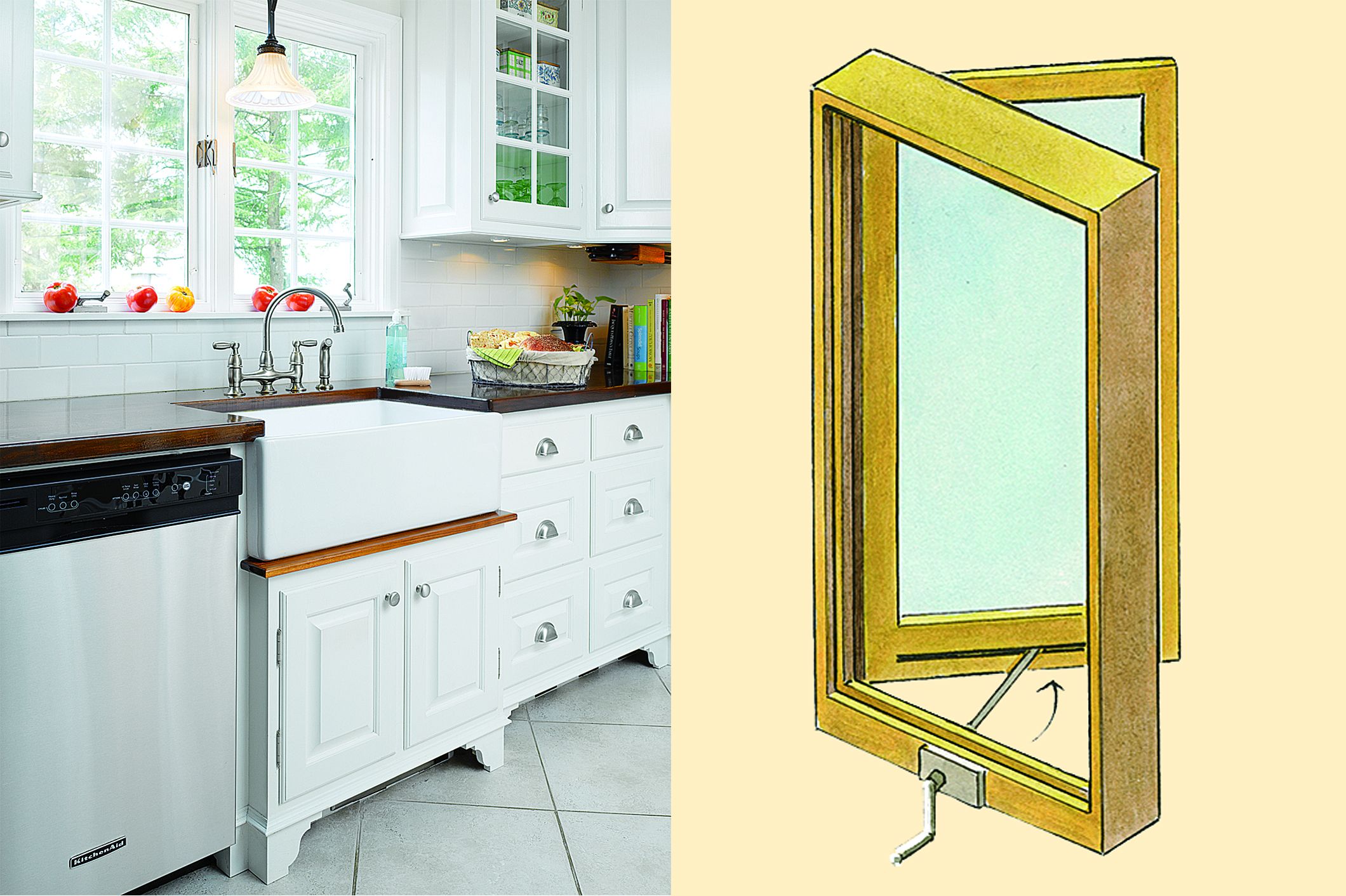
Casement windows are an excellent choice for homeowners seeking maximum ventilation and a contemporary look. These windows are hinged on one side and open outward like a door, allowing for full airflow through the entire opening. This design makes them particularly effective in catching and directing breezes into your home.
When open, the sash is exposed to the elements, which may require extra care during inclement weather. The screen mounts on the inside, preserving the clean exterior appearance. Casement windows work especially well in areas where maximum ventilation is needed, such as kitchens and bathrooms.
Key characteristics of casement windows include:
- Easy operation with a hand crank mechanism
- Modern aesthetic suitable for contemporary and Prairie-style homes
- Superior weatherproofing due to tight seals when closed
- Unobstructed views when open
Slider Windows
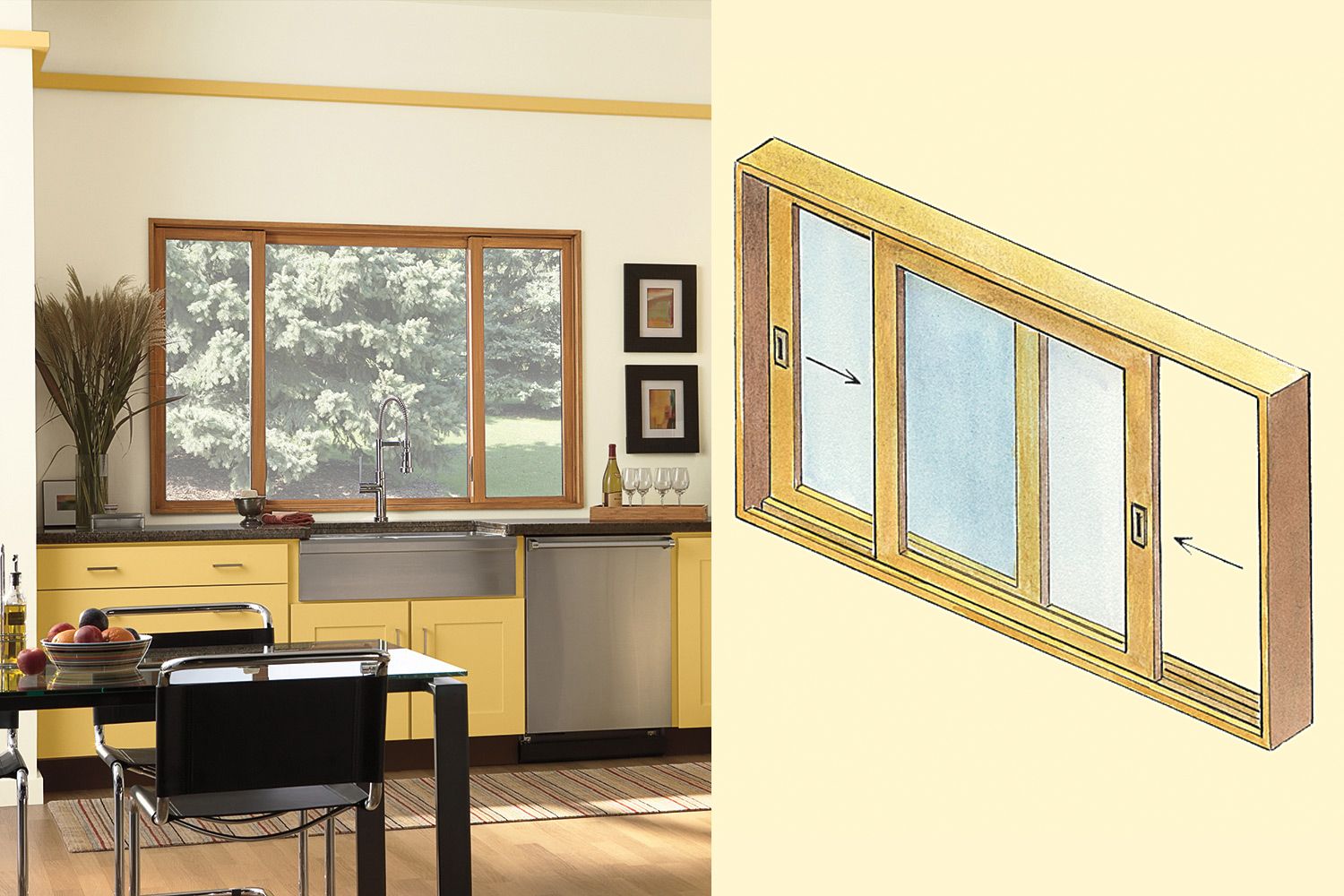
Slider windows, reminiscent of double-hung windows turned on their side, offer a sleek, modern look and easy operation. These windows feature sashes that glide horizontally along tracks, eliminating the need for lifting. This design makes them an excellent choice for areas where reaching up might be difficult, such as over kitchen sinks or countertops.
One consideration is that the sashes always cover at least half of the window opening when open. Additionally, the lower tracks may require regular cleaning to maintain smooth operation. Since slider windows can be large, they’re perfect for framing scenic outdoor views and amplifying natural light without intruding on interior spaces.
Slider windows offer these key benefits:
- Contemporary appearance ideal for modern home designs
- Easy maintenance with removable sashes for cleaning
- Simple operation suitable for all ages and abilities
- Unobstructed views due to minimal framing
Awning or Hopper Windows
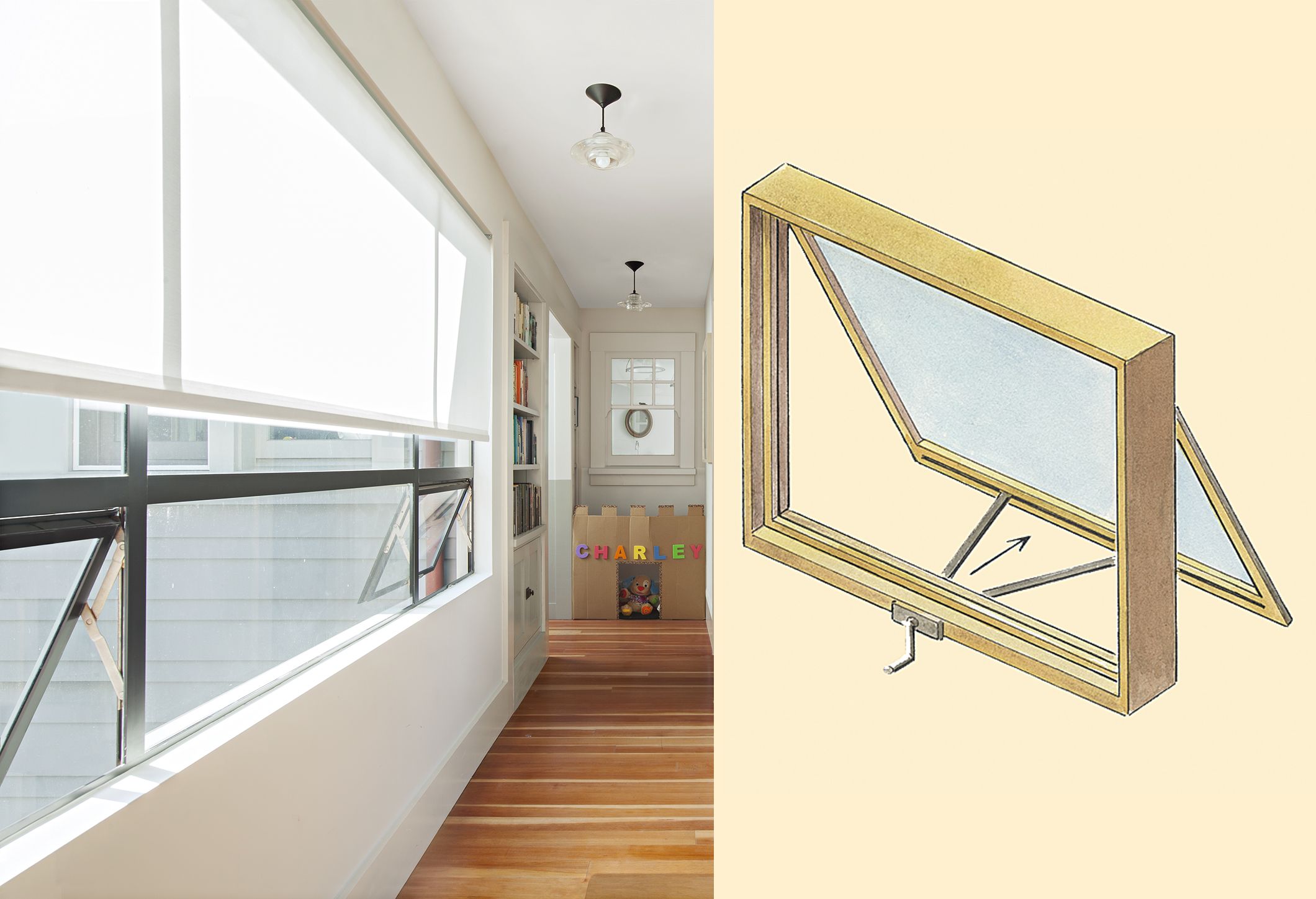
Awning windows, hinged at the top and swinging outward, offer a unique combination of style and practicality. These windows can remain open during light rain, as their design naturally shields the interior from water. Hopper windows, conversely, are hinged at the bottom and swing inward, providing excellent ventilation in basements or other areas where outside clearance might be limited.
The placement of screens varies between window types. Awning windows have interior screens, while hopper windows feature exterior screens. You can customize both styles to complement your home’s architecture. These windows are particularly effective in high-moisture areas like bathrooms or laundry rooms, offering ventilation while keeping water out.
Key features of awning and hopper windows include:
- Compatibility with other window styles for custom configurations
- Excellent sealing capabilities when closed
- Versatile appearance suitable for both traditional and modern homes
- Weather-resistant design allowing for ventilation in various conditions
Tilt-Turn Windows
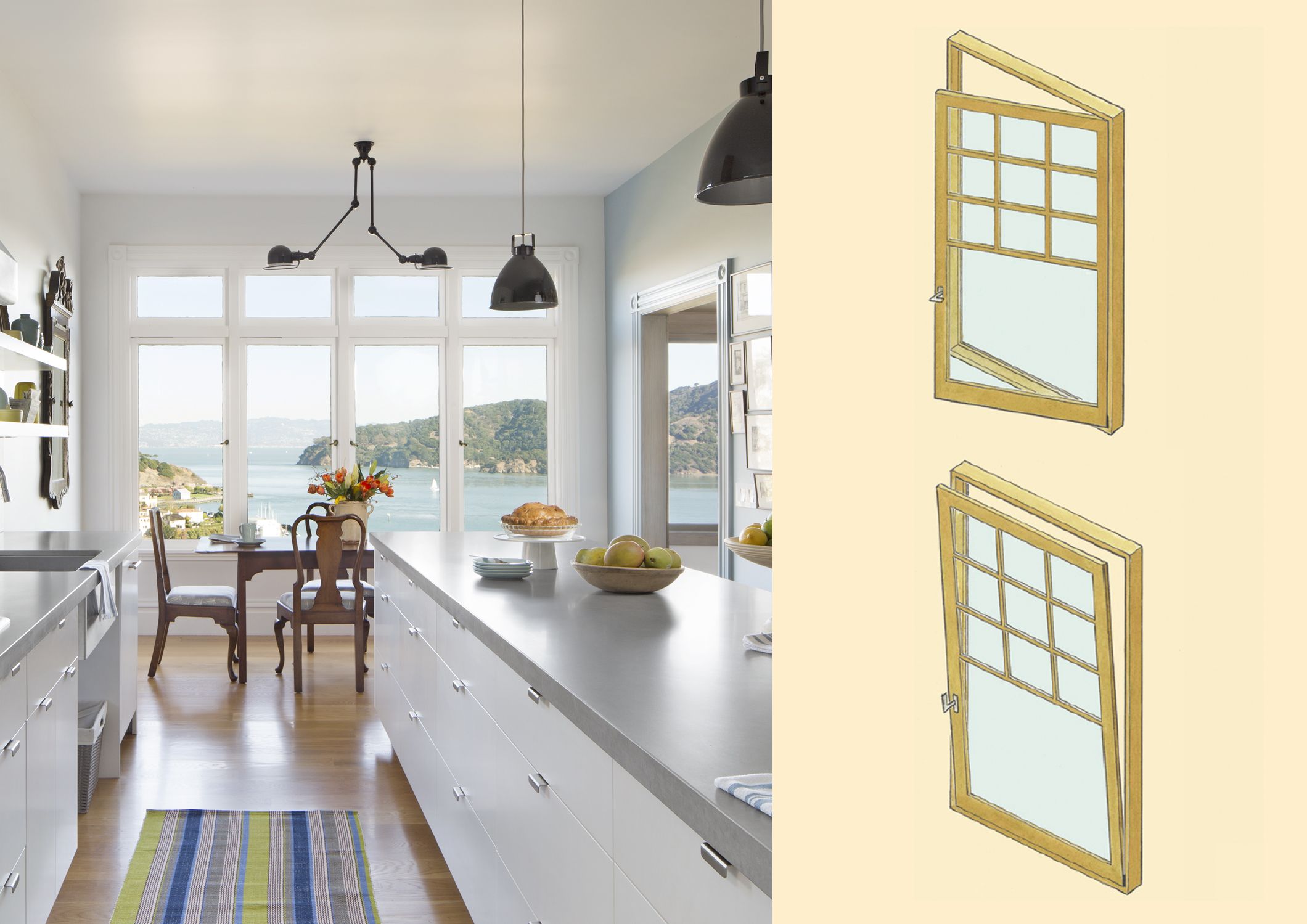
Tilt-turn windows, popular in Europe, offer excellent versatility in a single unit. These windows feature specialized hardware that allows them to either tilt inward from the top like a hopper window or pivot inward like a casement window, depending on how you turn the handle.
While tilt-turn windows offer superior performance, they are typically the most expensive window type. Their innovative design makes tilt-turn windows ideal for sophisticated modern homes that seek to combine elegance with exceptional functionality.
Advantages of tilt-turn windows:
- Dual functionality for varied ventilation options
- Easy cleaning from inside the home
- Excellent weatherproofing and energy efficiency
- Modern European aesthetic
Fixed Windows
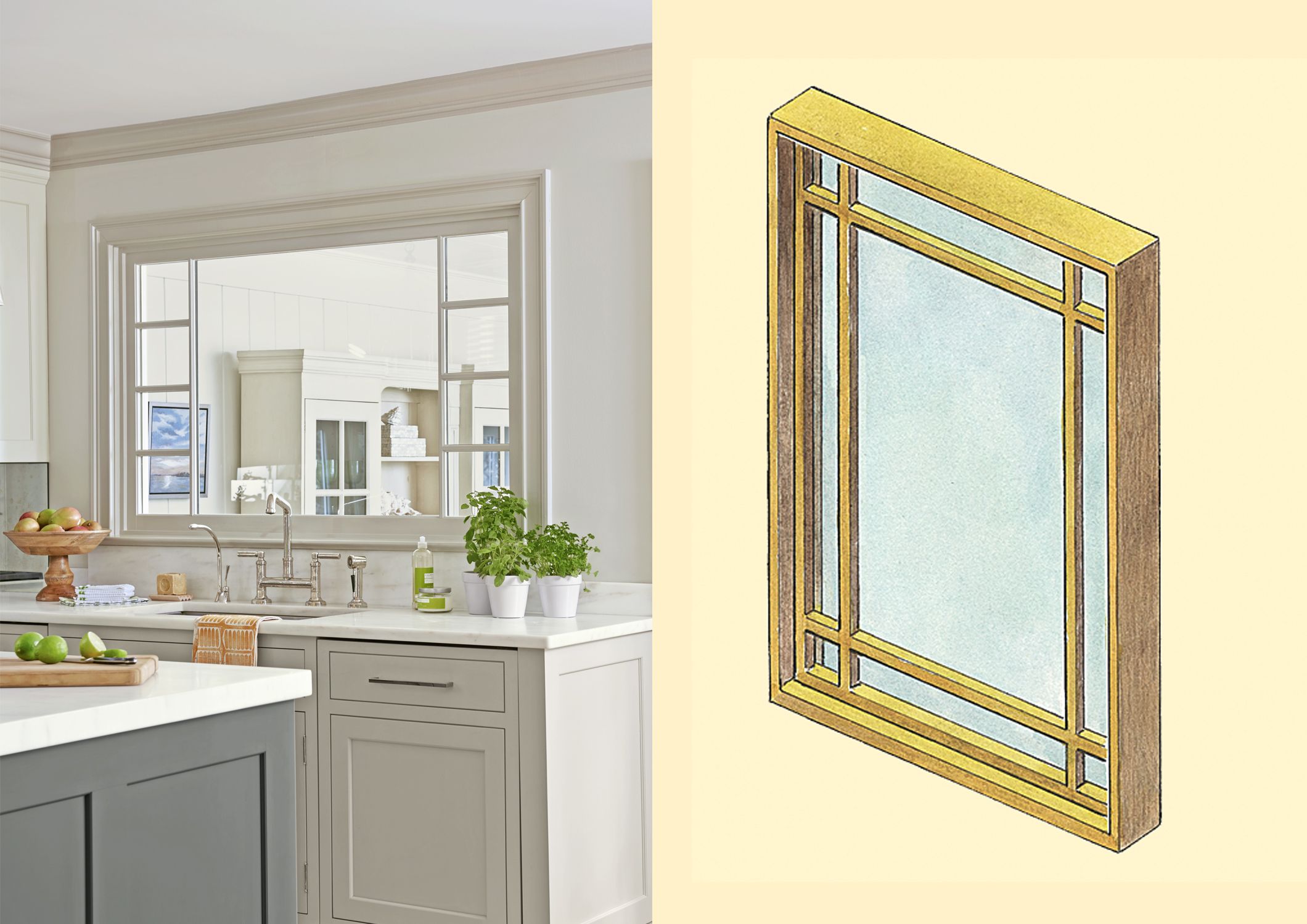
Fixed, or picture, windows are non-operable units designed solely for light and views. They can be crafted into nearly any size or shape, making them ideal for creating striking architectural accents or maximizing natural light in hard-to-reach areas.
Although fixed windows don’t offer ventilation, pairing them with operable windows can create a balanced and functional arrangement that meets both aesthetic and practical needs. Strategically placing fixed windows can highlight beautiful outdoor landscapes or architectural features, enhancing the character and brightness of your living spaces.
Benefits of fixed windows include:
- Lower cost compared to operable windows of similar size
- Superior energy efficiency due to their airtight design
- Unobstructed views without any operating hardware
- Versatility in size and shape for custom designs
How to Choose the Right Window for You
Overwhelmed? Start by considering the style of your home — whether it’s classic, modern, or a mix — and pick a window that fits that look. Think about what each room needs: Do you need more airflow in the kitchen? Is a clear view important in the living room? Also, consider how easy the windows will be to clean and open, especially if they’re in hard-to-reach places.
Finally, keep your budget in mind, as some window types, like tilt-turn or casement windows, might cost more because of their special features. By keeping these things in mind, you can choose windows that improve your home’s comfort, appearance, and energy efficiency.
